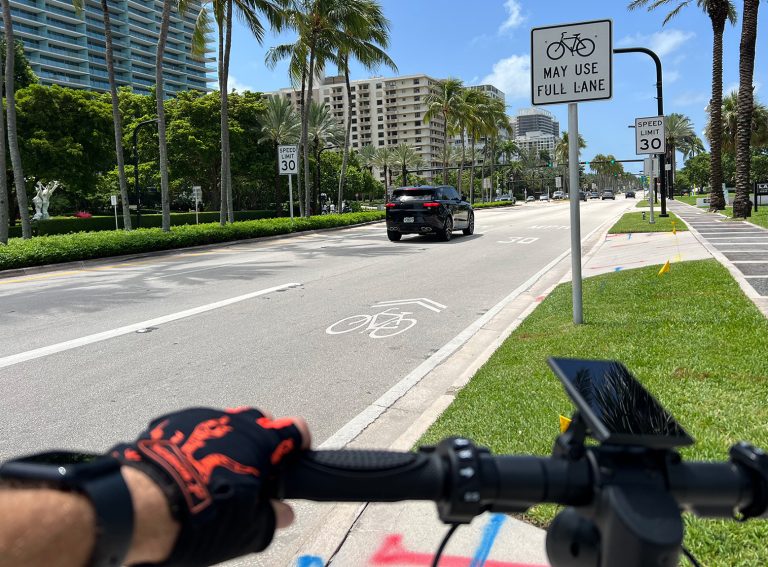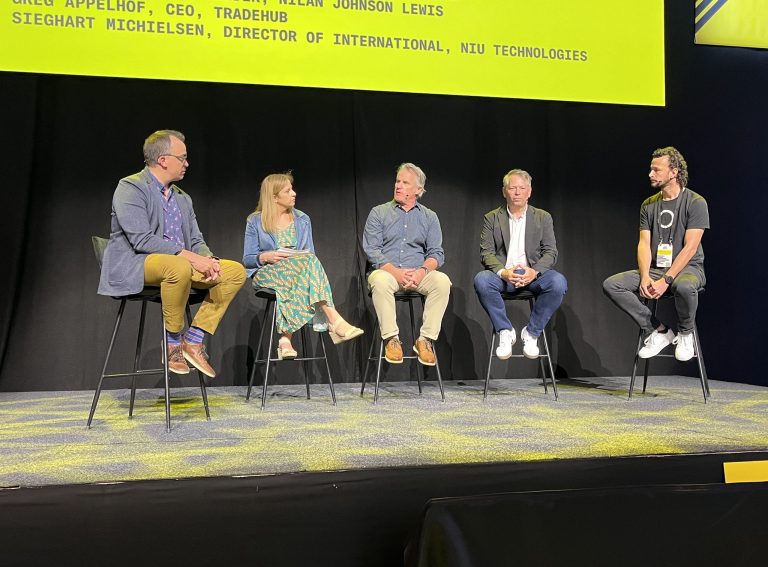As part of a new Insight Hub series, Zag Daily is inviting some of the world’s leading researchers to share their latest findings with us each month. We believe the insights from these data driven studies can help advance micromobility and transform travel in our cities for the better.
Author: Victoria Eyers, Senior Accident Reconstruction Consultant, Transport Research Laboratory (TRL).
There were a reported 1,437 casualties in collisions involving e-scooters in the year to June 2022. This is compared to 1,033 in the year ending June 2021 (Department for Transport figures). These figures are likely an underestimate for various reasons, including inconsistent recording and reporting. A more certain figure is that 12 people were killed in collisions involving e-scooters in the year to June 2022, compared to four in the previous year.
These figures are not in any way intended to demonise or criticise e-scooter riders, or indeed to undermine the potential of micromobility to transform our transport system. In isolation the figures on e-scooter collisions are somewhat headline-grabbing, but they must be considered in context. In the year to June 2022 there were 415 pedestrians killed in collisions, and 99 pedal cyclists, out of a total of 1,760 road deaths. These figures currently dwarf the e-scooter numbers. What is clear though, is that the number of collisions involving e-scooters have risen sharply. This seems inevitable when considering how much use of e-scooters has changed in the same period. Simply on a collision-per-mile basis, if any transport type had a sharp increase in uptake, accidents involving that mode would also likely rise.
The role of collision investigators
Any change in the make-up of road users will have a knock-on effect for the work of collision investigators. We work in police forces and in the private sector. Either way, it is not our job to apportion blame. The job of a collision investigator is simply to reconstruct a collision and work out what happened, then present the evidence to a Court. That might be a Criminal Court where it is the job of a Judge and Jury to decide if a criminal offence has been committed, or a Civil Court where, when someone has suffered life-changing injuries, the Judge makes a decision as to the division of liability on a percentage basis. Collision investigators must provide an objective analysis of the available evidence, as much as is possible within their area(s) of expertise.
It is up to us to stay ahead of the curve. Currently e-scooters present one of the most rapidly changing areas of interest for investigators. Others include the huge uptake in recent years in CCTV and wearable technology (GPS tracking providing a new source of collision data for cyclists and pedestrians), and electric cars and e-bikes having subtle impacts on collision dynamics. At present however, it is e-scooters that can potentially create the most change.
For example: investigators are well versed in impact dynamics for pedestrian-car collisions. The movement of a pedestrian struck by a car is, to a certain degree, predictable, meaning we can extrapolate back from the post-collision evidence to calculate how the pedestrian and car were moving at impact. Pedestrians being struck by e-scooters on footpaths, potentially at around 15 mph, is not yet a predictable impact type, and could have a very different type of injury outcome for both the pedestrian and the rider. Or, compare an e-scooter rider with a cyclist, both of whom have a car pull across their path. Having a rotation point which is very low, with the rider very close to the front, can mean the e-scooter rider’s interaction with the car is very different than the cyclist’s. The e-scooter rider could be hitting the car with their whole body at significantly greater speed, while the cyclist rotates over the vehicle. The injury severity might be the same, but the injuries themselves, and the way they are caused, could be quite different. That means reconstructing the impact from the evidence afterwards, is also different.
How we stay ahead of the curve
We need data, to try to make up for the years of experience that isn’t available for new micromobility modes like e-scooters. When reconstructing collisions, it is often necessary to refer to published data, particularly when modelling avoidance scenarios. For instance, if we don’t have physical evidence as to how long a pedestrian was crossing the road prior to being struck, we can refer to published data on walking speeds, from multiple sources, to form an estimate to base illustrative calculations on. This type of data traditionally hasn’t been available for new mobility modes.
Private e-scooter performance
At TRL my team has just completed research looking at the ‘real world’ capabilities and characteristics of private e-scooters. Using a sample of donated used-condition devices, we investigated the acceleration, deceleration, speed, and handling characteristics to produce a set of reasonable reference data that can be referred to in reconstructions. We were able to identify common characteristics in device types, such as differing average accelerations for different motor sizes, and different deceleration characteristics dependent on brake type and location. All devices were found to travel more slowly than the manufacturer’s quoted top speeds.
The primary aim of our research was to provide reference data for investigators, but we also highlighted several observations with wider safety implications. A number of maintenance issues were noted which may be encountered among privately owned devices. Of the sample we received by donation, more than 50% had brakes or steering in an unserviceable condition and 40% had missing or broken rear mudguards, often meaning the rear light was missing or broken. Tyre maintenance was a common problem for those with pneumatic tyres – every device with them fitted were significantly under-inflated, while the average under-inflation was 55%. We also investigated stability and handling characteristics. As was to be expected, this was found to be highly dependent on rider skill and experience; this is another factor that must be considered as part of an investigation, but as it is unquantifiable, it will be for the Court to decide whether a rider’s skill is relevant to why the collision occurred, not the investigator.
As ever, more work is required. The e-scooter market continues to change, with continual developments in e-scooter design and performance, and new entrants emerging. The experience of those using these devices is also evolving – a critical consideration as unique safety risks can be present for novel technologies. Crucially, as time goes on, collision investigators are inevitably going to have more exposure and hands-on experience to consider during their reconstructions. Hopefully, for the sake of rider safety and the safety of other road users, e-scooter collisions will remain a niche area.








